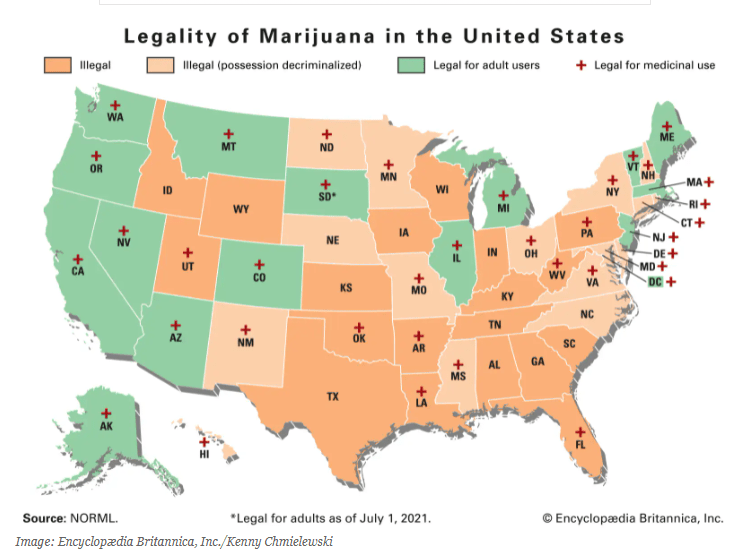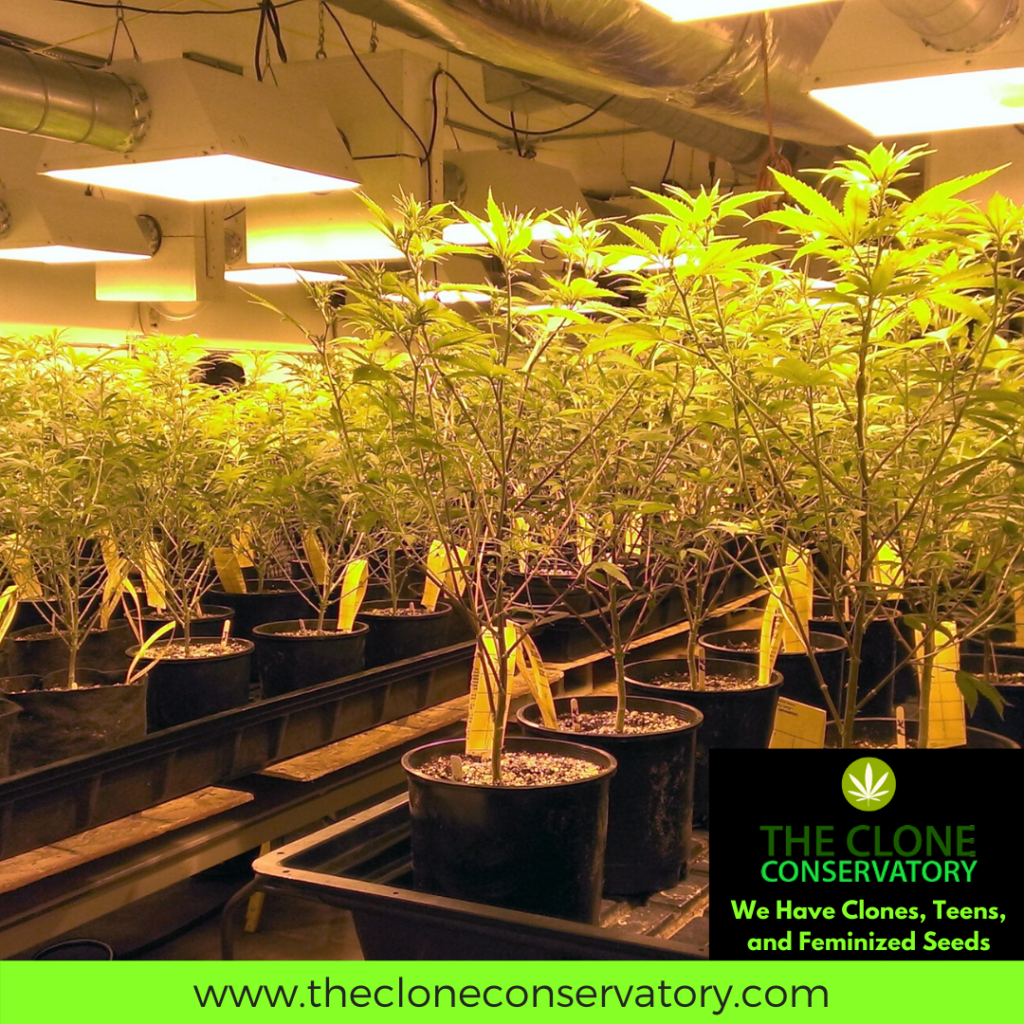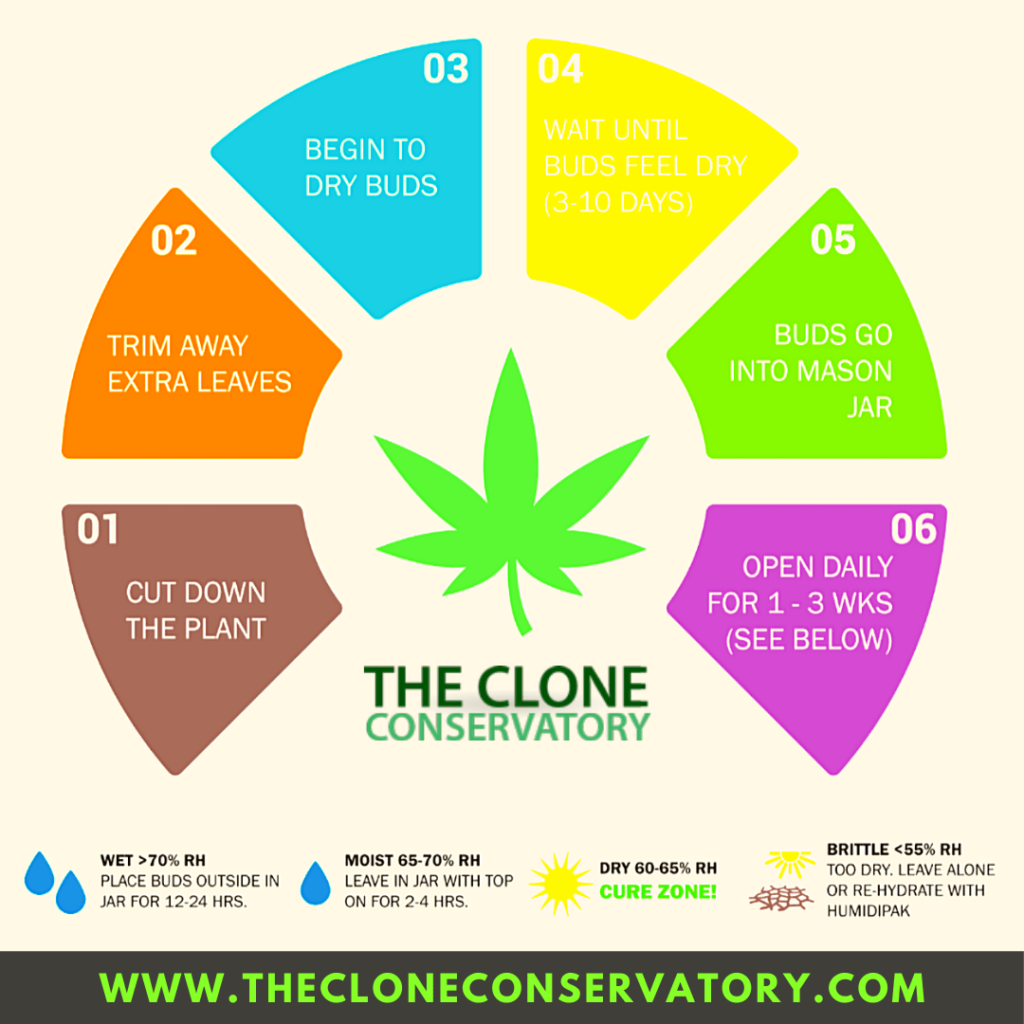In the United States, there has been a growing campaign to legalize cannabis since the late twentieth century. California made headlines in 1996 when it became the first state in the United States to decriminalize cannabis for medical purposes, and medical cannabis was eventually legalized in other states. Then, in 2012, recreational cannabis was legalized in Washington and Colorado through ballot initiatives. In 2019, more than 30 states in the United States have legalized some cannabis use, despite the fact that it was still illegal on the federal level. This begs the question of why cannabis was ever made illegal.


Cannabis for individuals over the age of 21 has been legal in 18 states and Washington, DC since 2012. Furthermore, medical cannabis is allowed in 37 states, implying that the majority of Americans have access to cannabis, whether for medical or recreational purposes.
Legalization was passed in three states recently: New Mexico, Virginia, and South Dakota, and the legislation went into effect in late June and early July.
Legalization was passed in three states recently: New Mexico, Virginia, and South Dakota, and the legislation went into effect in late June and early July.
In the November elections in South Dakota, medical and recreational cannabis ballot proposals were approved. However, it appears that only the medical program is up and running, since recreational cannabis faces legal difficulties.
Gov. Michelle Lujan Grisham of New Mexico signed a legalization bill into law in April. Although state citizens can officially produce and possess cannabis as of June 29, retail sales are not expected to commence until next year.
Gov. Michelle Lujan Grisham of New Mexico signed a legalization bill into law in April. Although state citizens can officially produce and possess cannabis as of June 29, retail sales are not expected to commence until next year.

In April, the Virginia legislature passed legislation legalizing cannabis. The law went into effect on July 1, but cannabis sales in the state won’t start until 2024. The Connecticut legislature legalized cannabis for adults aged 21 and over on June 18.
On March 31, New York Governor Andrew Cuomo signed a law legalizing cannabis. His decision came shortly after New Jersey Governor Phil Murphy approved legislation making cannabis legal in the state.
On March 31, New York Governor Andrew Cuomo signed a law legalizing cannabis. His decision came shortly after New Jersey Governor Phil Murphy approved legislation making cannabis legal in the state.


New Jersey, along with Arizona, Montana, and South Dakota, was one of four states where recreational cannabis was approved by voters in November. Mississippi voters authorized the establishment of a medical cannabis program.
In May, Alabama Governor Kay Ivey approved a bill allowing medicinal cannabis in the state, but patients aren’t anticipated to be able to use it until next year.
In May, Alabama Governor Kay Ivey approved a bill allowing medicinal cannabis in the state, but patients aren’t anticipated to be able to use it until next year.

Some states have yet to iron out the intricacies of medicinal or recreational legislation established through ballot initiatives. As a result, Insider excludes South Dakota from its list of states where cannabis is legal for recreational use. Mississippi’s medical program, however, has experienced issues since the election.
In 2018, Canada legalized cannabis on a federal level, but the United States has not followed suit, leaving states to forge their own paths. Cannabis is still classified as an illegal Schedule I drug in the United States.
In 2018, Canada legalized cannabis on a federal level, but the United States has not followed suit, leaving states to forge their own paths. Cannabis is still classified as an illegal Schedule I drug in the United States.
Previous
Next



